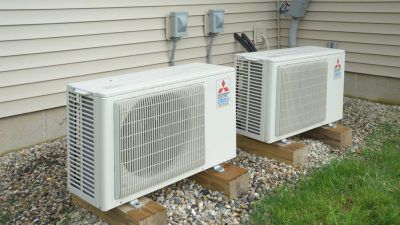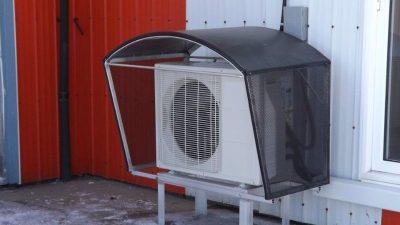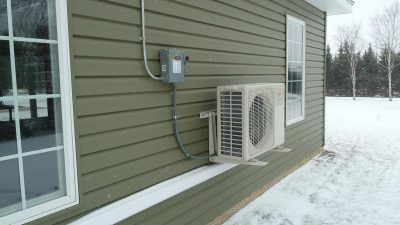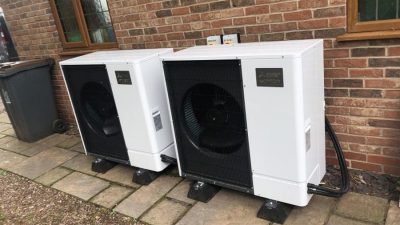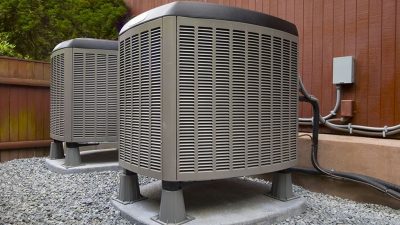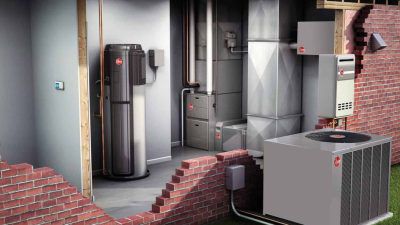Do you want to keep your house warm without breaking the bank? Heating a home can be expensive, but it doesn’t have to be. There are plenty of options for heating your home that don’t require spending an arm and a leg. In this article, we will explore what the cheapest way to heat your house is so you can stay cozy without sacrificing your budget.
Are you ready to learn more about how to keep your house warm while saving money? Let’s get started! From electric fireplaces and space heaters to wood stoves and boilers, there are several heating solutions available that won’t put a huge dent in your wallet. We’ll discuss the pros and cons of each option so you can make an informed decision about which one is best for you.
Finally, we’ll look at ways to maximize the efficiency of these systems so you can save even more money in the long run. With these tips and tricks up your sleeve, you’ll be able to keep yourself and your family comfortable during winter without having to worry about costly energy bills. So read on and let’s get heated up!
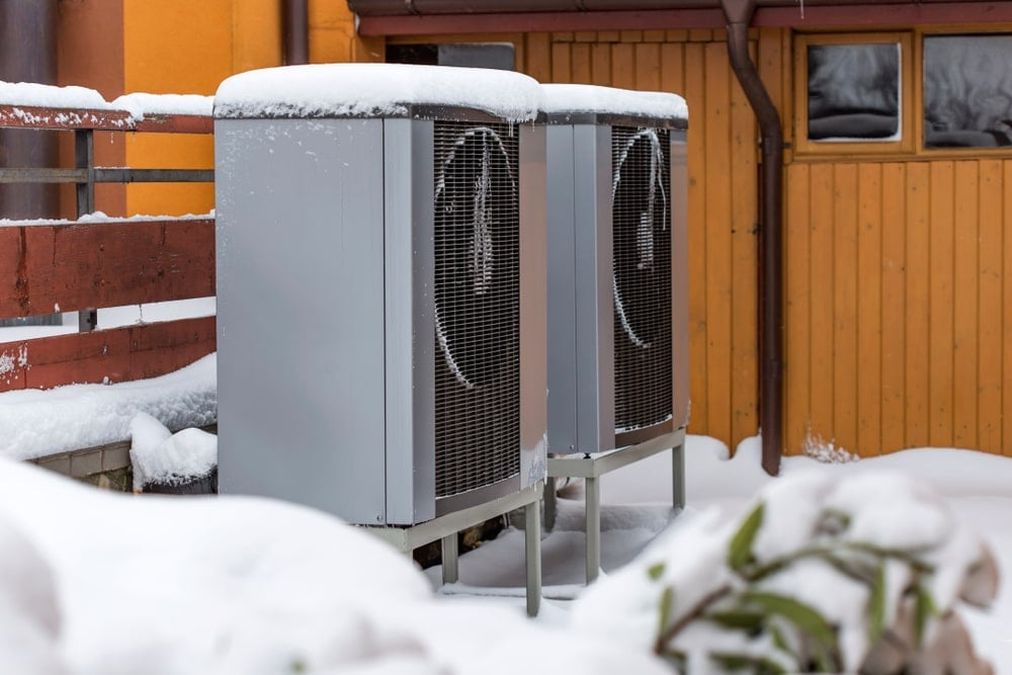
Overview Of Heating Options
Heating a house can be expensive, but there are many options that can help to reduce the costs. Home heating systems come in various forms, from traditional furnaces and boilers to more modern options like heat pumps and radiant floor heat. Each has its own benefits and drawbacks when it comes to cost, energy efficiency, and convenience.
When deciding on a heating system for your home, you should consider your climate and the size of the space you need to heat. If you live in an area with mild winters, using a more economical option such as a heat pump may be ideal. On the other hand, if you live in a cold climate and need to keep your home warm all winter long, a traditional furnace or boiler may be the best choice. Additionally, some systems require larger investments up front but may offer lower operating costs over time.
No matter which system you choose, understanding how each works and researching different brands can help you make an informed decision about the heating needs of your home while keeping costs down.
Energy Efficiency Considerations
When it comes to heating a house, energy efficiency is key to keeping costs down. Ensuring that your home is properly insulated and that your heating system runs efficiently will go a long way in reducing the cost of heating. Here are some tips for making sure your heating system is as energy efficient as possible:
- Increase insulation levels: Insulation keeps warm air indoors and cold air outdoors, so adding more insulation can help reduce energy consumption and save money.
- Upgrade or replace old equipment: Older heating systems can be less efficient than newer models, so consider upgrading if you have an older model.
- Regularly maintain your furnace: Keeping up with regular maintenance on your furnace can help ensure it’s running at peak efficiency.
- Invest in a programmable thermostat: Programmable thermostats allow you to set automatic temperatures depending on the time of day, helping to save energy by only running the heat when necessary.
These tips can help you ensure that your home is as energy-efficient as possible and keep costs down. By following these steps, you can enjoy the benefits of lower bills and improved comfort all year round.
Cost Analysis Of Different Methods
When trying to decide the cheapest way of heating a house, there’s no one-size-fits-all answer. But it certainly pays off to understand the cost analysis of various heating methods. Heating costs can vary significantly depending on the type of system you use. To determine which is the most cost-effective method for your home, consider all your options and how much energy each will require.
To begin, electricity is often the most expensive way to heat a house. This is due to its high energy requirements and delivery fees associated with it. However, electric systems are usually easier to install and maintain, making them a popular choice for many homeowners. On the other hand, natural gas is generally cheaper than electricity but requires more maintenance and installation work than electric systems do. And while propane is also an option when it comes to heating a house, its costs are typically higher than both natural gas and electricity.
The cheapest options for heating a house are likely going to be those that involve renewable energy sources such as solar or wind power. These systems typically require very little upfront costs but can yield significant long-term savings in terms of energy expenses over time. Additionally, they may be eligible for rebates or tax credits from local governments that could further reduce their overall price tag. No matter what system you choose for your home’s heating needs, understanding the cost analysis of different methods can help you make the most informed decision possible and achieve maximum energy savings in the long run.
Natural Sources Of Heat
Natural sources of heat are an increasingly popular way to heat a home without breaking the bank. Solar heating is one of the most cost-effective solutions, as it requires minimal maintenance and provides abundant energy for your home. Geothermal energy is another great option, as it’s powered by the renewable energy from the Earth’s core. Biomass heating harnesses organic matter such as wood and grass to generate heat, while wind turbines use wind power to generate electricity that can be used to power a home’s heating system. Heat pumps are also an excellent choice, as they utilize existing heat in the air or ground to warm up your house. This makes them incredibly efficient and cost-effective.
In addition to these sources of natural heating, homeowners should also invest in insulation and weatherproofing materials to improve their home’s energy efficiency. By doing so, you can significantly reduce your energy bills while taking advantage of natural sources of heat at the same time!
Alternative Sources Of Heat
Now that we’ve explored natural sources of heat, let’s move on to alternative sources. There are a variety of options when it comes to heating your home, and some may be cheaper than others. Here’s a rundown of some popular methods:
| Heat Source | Pros | Cons |
|---|---|---|
| Biomass | Renewable energy source; low cost of production | Can produce air pollutants such as particulate matter; requires storage and handling space for fuel |
| Solar Heating | Renewable energy source; no emissions | High initial cost; difficult to control temperature fluctuations |
| Geothermal Heating | Low operating costs; renewable energy source; no emissions | High upfront installation costs |
| Air-Source Heat Pumps | Low maintenance costs; less expensive than geothermal systems | Lower efficiency levels compared to geothermal systems; require more electricity than other methods |
| Pellet Stoves/Furnaces | Lower emissions than wood burning stoves/furnaces | Initial investment can be high and pellets must be purchased regularly |
Depending on your needs and budget, you can choose the best option for your home. By utilizing solar, geothermal, biomass, air-source or pellet heat sources, you can keep your home warm while saving money on utility bills. Each method has its advantages and disadvantages, so make sure to research thoroughly before making a decision.
Diy Solutions
DIY solutions are a great way to heat your house on a budget. With just a little bit of creative thinking and elbow grease, you can find many cost-effective heating solutions that are both efficient and economical. Home heating hacks such as putting up curtains, using draft stoppers, and weatherizing windows can all make a huge difference in energy efficiency. You can also take it one step further by creating homemade heating systems like solar water heaters or wood burning stoves. These do-it-yourself projects may require some time and effort, but they can provide significant savings in the long run. There’s no reason why you shouldn’t be able to keep your home warm and comfortable without spending a fortune. With these budget-friendly heating options, you’ll be able to stay warm while saving money too!
Conclusion
The cheapest and most efficient way to heat a house is to use energy-efficient methods, like natural gas or electric heat pumps. Natural gas is the most cost-effective heating option, but it requires an initial investment in installation fees. Electric heat pumps are also an efficient and affordable choice, but they require more maintenance than natural gas systems.
Alternative sources of heat can be used as a more affordable option if the initial installation costs are too steep. DIY solutions like wood stoves or space heaters can provide warmth at a much lower cost than traditional heating systems. However, these solutions may not be as effective or efficient as natural gas or electric systems, so it’s important to weigh the pros and cons before making a decision.
Ultimately, there’s no one-size-fits-all solution when it comes to heating your home on a budget. Choosing the right option depends on your individual needs and preferences, so it’s important to do your research and compare different options before making a decision. With careful consideration of all the factors involved, you can find the best way to keep your home warm without breaking the bank!

